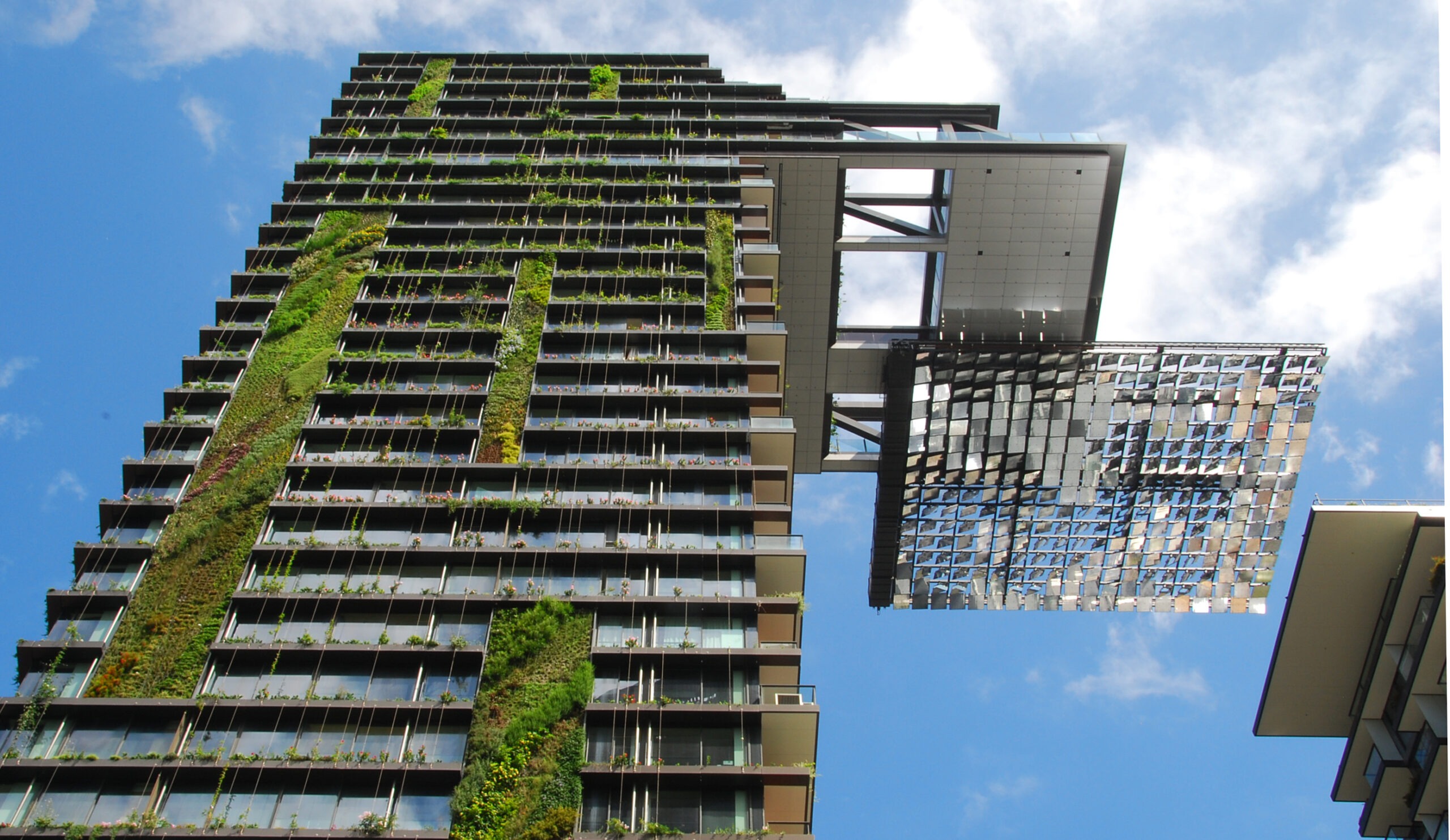Green architecture, also known as sustainable or eco-friendly architecture, is gaining significant traction in India as the country strives to address environmental concerns and promote sustainable development. Here are some key aspects of green architecture in India:
- Government Initiatives: The Indian government has introduced several initiatives to promote green architecture and sustainable construction practices. The Ministry of New and Renewable Energy (MNRE) and the Bureau of Energy Efficiency (BEE) have implemented policies and programs to encourage energy efficiency and renewable energy integration in buildings. The Energy Conservation Building Code (ECBC) sets standards for energy performance in buildings, while the Green Rating for Integrated Habitat Assessment (GRIHA) is a national green building rating system in India.
- GRIHA Certification: GRIHA is an indigenous green building certification system in India, recognized as one of the leading rating systems for sustainable buildings. It evaluates the environmental performance of buildings based on parameters such as site selection, energy efficiency, water conservation, waste management, and indoor air quality. GRIHA certification has gained popularity and is widely used for both new and existing buildings in India.
- Energy Efficiency: Energy-efficient design is a key aspect of green architecture in India. Buildings incorporate passive design strategies, such as proper orientation, shading devices, and natural ventilation, to reduce energy consumption. Energy-efficient lighting, appliances, and HVAC systems are also commonly used. The use of solar energy, both for water heating and electricity generation, is increasing in green buildings across the country.
- Sustainable Materials and Construction Practices: Green architecture in India promotes the use of sustainable building materials and construction practices. This includes utilizing locally sourced materials, recycled content, and low-emission products. Additionally, sustainable construction practices focus on minimizing waste generation, optimizing resource utilization, and promoting efficient construction techniques.
- Water Management: Water scarcity is a significant issue in many parts of India. Green architecture emphasizes water conservation and efficient water management practices. Buildings incorporate rainwater harvesting systems, water-efficient fixtures, and wastewater treatment technologies to reduce water consumption and promote water reuse. Water-sensitive landscaping techniques, such as the use of native plants and efficient irrigation systems, are also implemented.
- Green Urban Planning: Sustainable urban planning is crucial for creating environmentally friendly cities. Indian cities are adopting green urban planning principles, including the development of green spaces, pedestrian-friendly infrastructure, efficient public transportation systems, and mixed-use zoning. Smart city initiatives are integrating technology and sustainable practices to create more livable and eco-friendly urban environments.
- Green Retrofitting: Retrofitting existing buildings with energy-efficient systems and technologies is an essential aspect of green architecture in India. It involves upgrading insulation, improving lighting and HVAC systems, and incorporating renewable energy solutions into older structures. Green retrofitting helps reduce energy consumption and environmental impact without the need for complete demolition and reconstruction.
- Awareness and Education: There is growing awareness and education about green architecture in India. Architects, designers, and construction professionals are increasingly incorporating sustainable practices into their projects. Various organizations, educational institutions, and industry bodies are conducting workshops, training programs, and awareness campaigns to promote green architecture and disseminate knowledge about sustainable building practices.
These aspects highlight the growing importance and adoption of green architecture in India. The country is making significant strides towards creating environmentally friendly buildings and cities while addressing the challenges of climate change and resource depletion.




